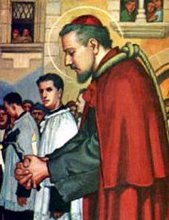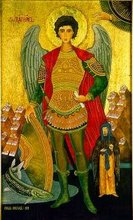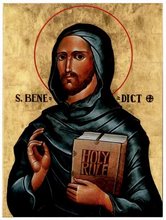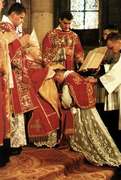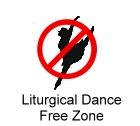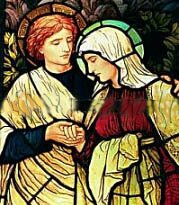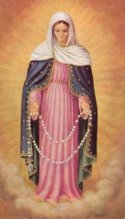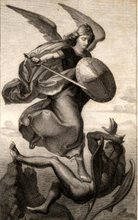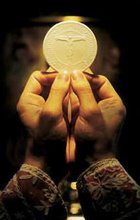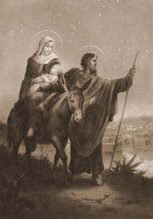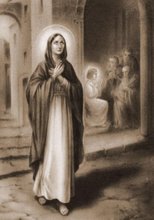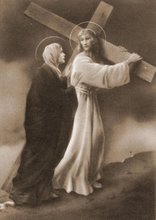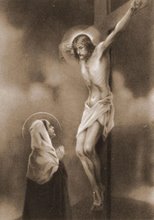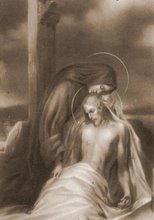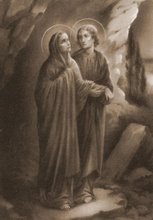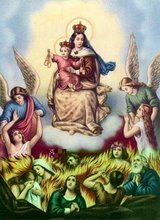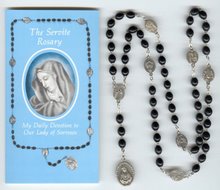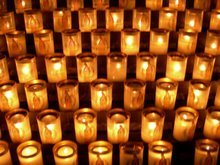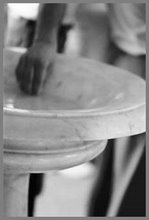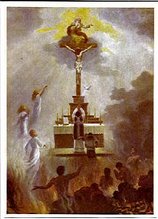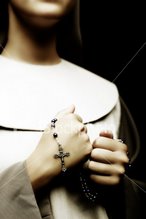
While never for a moment turning from God, he managed to remain a man of the law (nearly unbelievable in itself--particularly given the time) and a devoted Father and Husband. The image above portrays St. Thomas More's farewell to his daughter. It was painted in the nineteenth century by Edward Matthew Ward. To my mind it captures perfectly the tenderness, deep regard, and concern that St. Thomas More lavished on his family until the day of his death.
In a letter to his beloved daughter Margaret More Roper, St. Thomas More speaks quite eloquently. This is a small excerpt from his letter regarding his third interrogation which took place prior to his sentence and ultimately his execution by order of King Henry VIII.
Sir Thomas More refused to sign an oath to his acknowledement to Henry VIII's declaration of placing himself as the head of the church in England - which places him and his oath swearer's outside the church. I was reading through these letters and was struck by this specific quote:
"Whereupon I refused the oath.... I meddle not with the conscience of them that think otherwise, every man suo domino stat et cadit. I am no man's judge. It was also said unto me that if I had rather be out of the world as in it, as I had there said, why did I not speak even out plain against the statute. It appeared well I was not content to die though I had said so. Whereto I answered as the truth is, that I have not been a man of such holy living as I might be bold to offer myself to death, lest God for my presumption might suffer me to fall, and therefore I put not myself forward, but draw back. Howbeit if God draw me to it himself, then trust I in his great mercy, that he shall not fail to give me grace and strength.
In conclusion Master Secretary said that he liked me this day much worse than he did the last time, for then he said he pitied me much and now he thought that I meant not well; but God and I know both that I mean well and so I pray God do by me.
I pray you be, you and my other friends, of good cheer whatsoever fall be of good cheer of me, and take no thought for me but pray for me as I do and shall do for you and all them."
Your tender loving father,Thomas More, Knight.
 Tower Hill - Site of St. Thomas More's Holy Martydom
Tower Hill - Site of St. Thomas More's Holy Martydom
Tower Hill execution block


























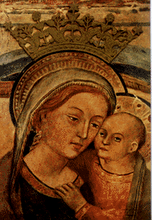
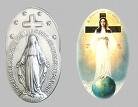

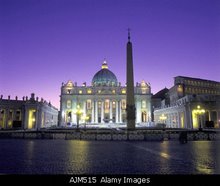

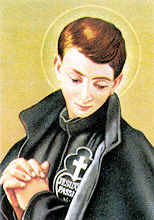
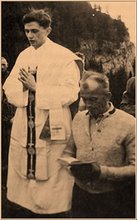
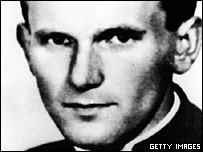
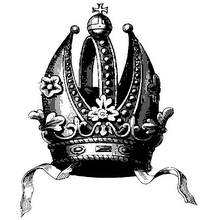
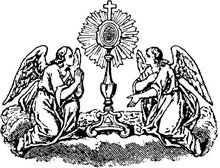
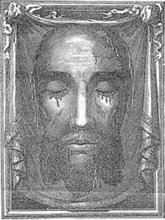


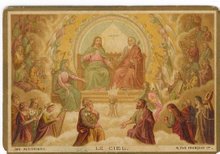

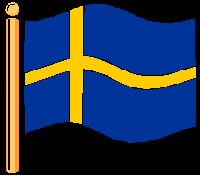


01.jpg)


